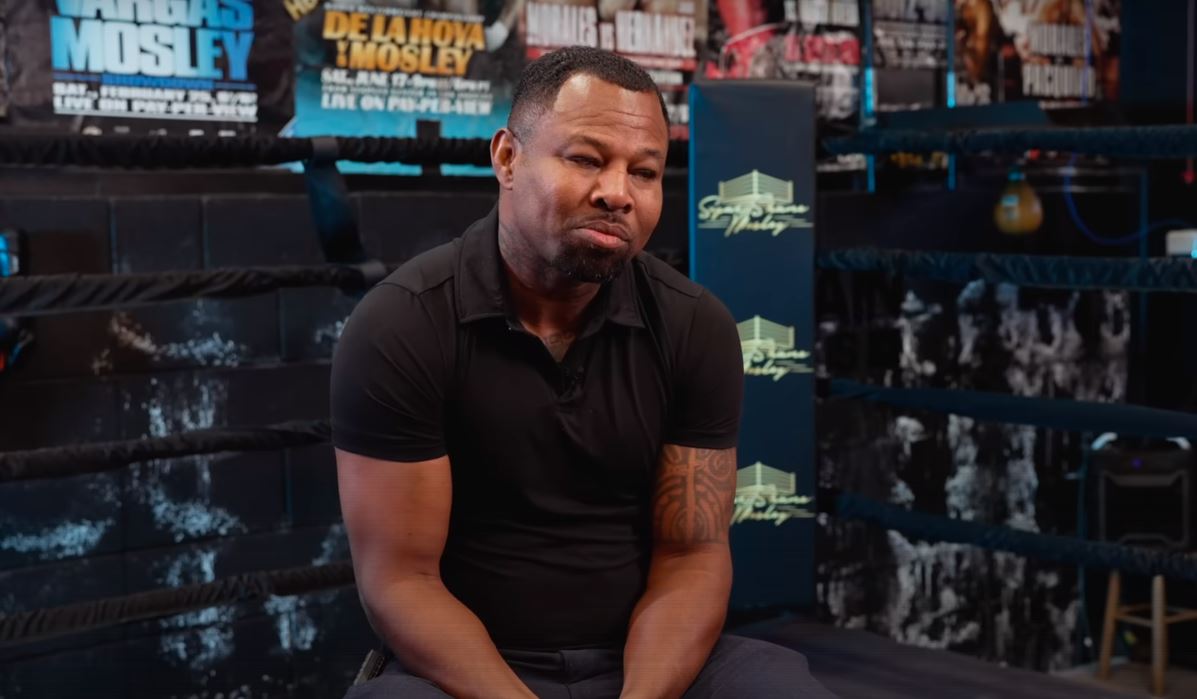It became public knowledge yesterday that the UFC was sold for a staggering $4 billion dollars making it the single biggest deal in sports history.
The UFC (Ultimate Fighting Championship) is MMA’s (mixed martial arts) premier organisation and brand, where the top athletes in the sport regularly compete against one another – all under one promotional banner.
The organisation originally started out as a tough man competition back in 1993, to establish who would win out of the different martial arts including wrestling, boxing, kickboxing, Brazilian jiu-jitsu and others.
However, when the UFC was bought in 2001 by Zuffa LLC headed by gaming moguls Frank Fertitta and Lorenzo Fertitta and their friend who persuaded them to buy, Dana White, the sport was to take off in an unprecedented way over the next 15 years or so – but not without an initial four year period of hard times.
Ultimately, they created a world-wide sport and brand.
Although the sport of MMA does exist in other organisations, if it wasn’t for the UFC, there is no question it would not be where it is today as a sport.
In many ways, the sale of the UFC can teach boxing a number of things, in terms of how to ultimately give it’s customers (fans) what they really want.
The UFC consistently put on fights where the best fight the best on a regular basis, for one recognised world title. This doesn’t happen a lot in boxing.
The UFC has one easy to understand championship belt for each weight class. Boxing has multiple belts that fans find difficult to understand. But this wasn’t always the way.
The UFC invested heavily into not just it’s own organisation, but the sport in which it operates in globally whether it be though overseas marketing, drug testing programs and so on, to further the sport’s growth.
However from a boxing perspective, at the risk of slightly contradicting myself, I think it’s also important to realise that someone couldn’t just come in with $4 billion dollars and take over essentially, global control of boxing.
Heck, Premier Boxing Champions in the US to their credit are trying this after nearly putting up $1 billion dollars so far to create a similarly operated brand in boxing called the PBC.
But it will be difficult to do until they can match enough talent together to consistently put on high quality (competitive) fights like the UFC has.
It’s not impossible though and don’t write the PBC off yet, it’s still very early days and with the recent outstanding fight between Keith Thurman and Shawn Porter they put on that rated extremely well, they have some momentum once again.
Anyhow, back to my earlier points.
The reason boxing doesn’t have one unified brand like the UFC to operate in a similar way, is because it’s become fragmented as a sport, between different governing bodies and promotional companies at it’s very top – that operate with different interests in mind and from different countries around the world.
Perhaps the key lesson that boxing could learn from this UFC sale is instead of putting a big emphasis on the building of massive brands of fighters within the sport of boxing (with padded undefeated records), is instead put more of a focus on marketing the actual quality and competitiveness of the fights themselves.
Sure, I know what you are thinking, don’t people have to know the fighters first before they can buy into watching them in a fight?
Not necessarily. Look at how the UFC took off in the first place.
It was because of a fight, not because of two big name fighters or brands like Mayweather or Pacquiao who everyone knew fought.
This UFC fight I refer to is of course the light-heavyweight bout on the finale of the first ‘Ultimate Fighter’ series (reality show) that featured Forrest Griffin vs Stephan Bonnar in 2005.
Despite UFC being sold for $4 billion dollars today, a massive return on Zuffa’s initial purchase of the company for just $2 million dollars back in 2001, not many remember that the UFC was actually in debt at the time and in the red of -$40 million plus dollars before the Griffin vs Bonnar fight, and had gone through a very tough first four years since it’s original purchase in 2001 by the Fertittas and Dana White before this point.
The company essentially paid to get the fight on TV and indeed their first reality series ‘The Ultimate Fighter’, and basically what ensued was a complete war.
One of the best fights I’ve ever seen in any combat sport.
Ratings went through the roof despite people not knowing who Griffin and Bonnar were beforehand and the UFC turned things around after this.
It’s not always about building big brands behind fighters. Besides, they can do a lot of this themselves nowadays anyway on social media (Conor McGregor for example).
It’s also not always about having an ‘0’ on your record and building padded records. In the UFC, fighters can often take a loss and comeback – with their marketability to promoters still intact.
In the UFC it’s also more about putting on competitive fights on a consistent basis.
Put on good fights, regularly, while still marketing and telling the stories of your fighters and helping make them famous, and fans will follow.
It’s a simple model really from a customer and fan perspective. After all, without fans – there is no sport.
(Top image source and credit: Mmamania.com)
The post What Boxing Can Learn From UFC $4 Billion Sale appeared first on %%Boxing News and Views/%%.
Discover more from Boxing News and Views
Subscribe to get the latest posts sent to your email.









